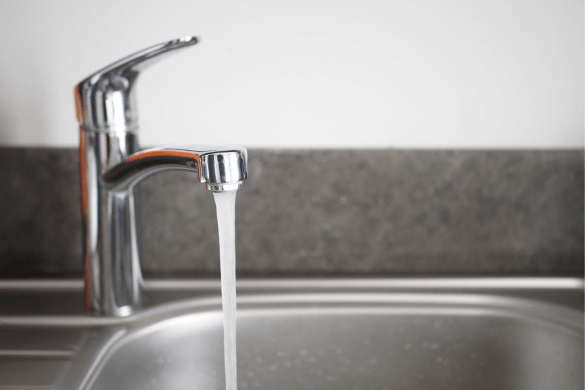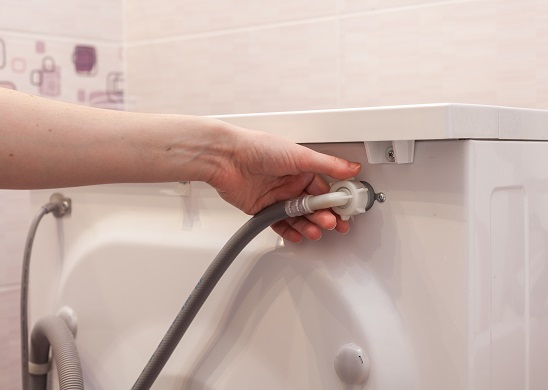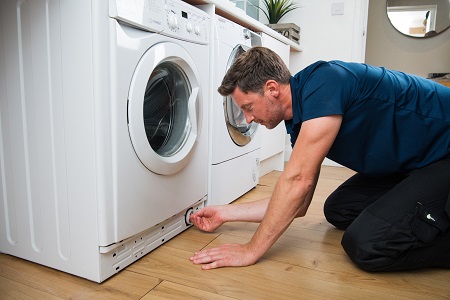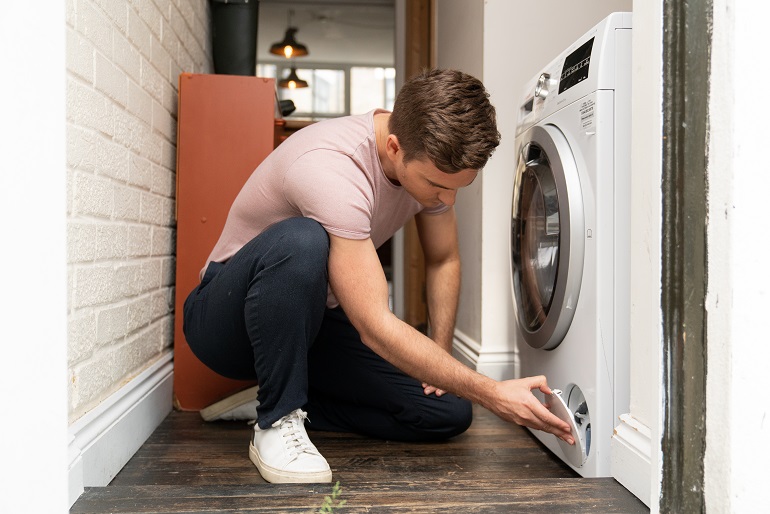
So you’ve gone to put a wash on – but the washing machine isn’t filling with water. This can be more than a little frustrating. Especially as it’s not always easy to notice at first. In fact, you might not realise there’s a problem until the cycle’s finished and you’re left with the same dry, dirty clothes you started with.
Obviously, it’s not something you want to ignore. Hoping it will sort itself out could lead to you damaging your washing machine. So to help avoid that, let’s look at what you can do to try and get it filling up and washing your laundry again.
(Note: This article assumes you have a single inlet water hose, as with most modern washing machines. If your machine has two (one for hot and one for cold water), please adjust the instructions as needed.)
Why your washing machine might not be filling with water
There are a few reasons why your machine might have stopped filling with water. Fortunately, the issues we’re going to look at are ones you can try and fix yourself. These particular issues relate to:
- The water supply
- The inlet hose
- The inlet filter and valve
Check the water supply is on

First things first, check if the problem is with your water supply. Turn on the water taps to see if any water comes out. If it does, the water supply to your home is fine. If your washing machine is plumbed in next to your sink, the water inlet connecting to your machine is probably under there. It should have a tap on it, usually coloured blue.
Check that the tap is positioned so that it aligns with the hose. This means the connection is open and there’s a clear flow of water. If it’s not aligned, then water isn’t reaching the machine properly – if at all.
Check the hose
If that doesn’t fix the problem, check the water inlet hose. You might need to pull your machine out to reach where the hose connects at the back. Get help if you need it as washing machines are very heavy, and you don’t want to hurt yourself.
Inspect the hose for any kinks, twists or damage that might be stopping the water flow to your machine. Straighten out any twists or kinks you find and make sure the hose has plenty of space to stop it from coiling up.
If you find any signs of leaking, it could mean there’s a crack in the hose. If there is, get it replaced rather than trying a quick DIY fix with tape.
Check the inlet valve and filter

There’s a small filter on the inlet valve where the hose connects to the machine. This filter stops any debris in the water getting into your washing machine. Over time, it can become clogged with things like sand and sediment.
To clean the filter, first unplug your machine and turn off the water supply. Unscrew the hose and use a pair of pliers, or a similar tool, to take out the mesh filter inside. Rinse it under running water to clean off any debris or build-up. Then put it back into the valve and reconnect the hose to the machine. Turn the water supply back on and plug the machine in again.
If the filter’s already clear, the problem could lie with the inlet valve. The valve controls the flow of water into the machine, regulating the temperature of the wash cycle. Check the valve and any surrounding housing for any obvious signs of damage.
Contact us to arrange a washing machine repair
If none of these suggestions have fixed the problem, it's time to call in the professionals. Make sure to book a washing machine repair as soon as possible to avoid any damage to your machine (and to keep the dirty laundry from piling up, of course).
Our blog is loaded with more related articles

Washing machine tips
What to do if water is stuck in your washing machine
If your washing machine won’t drain and is full of water, there are a few simple things you can check to try and solve th...
Read more

Washing machine tips
What to do if your washing machine isn't spinning
Discover what to do if your washing machine won't spin. Check the load, door lock, and other common culprits with this step...
Read more

Washing machine tips
What to do if your washing machine isn't draining
If your washing machine isn't draining, there are some things you can check before calling an engineer. Find out how to fix...
Read more
